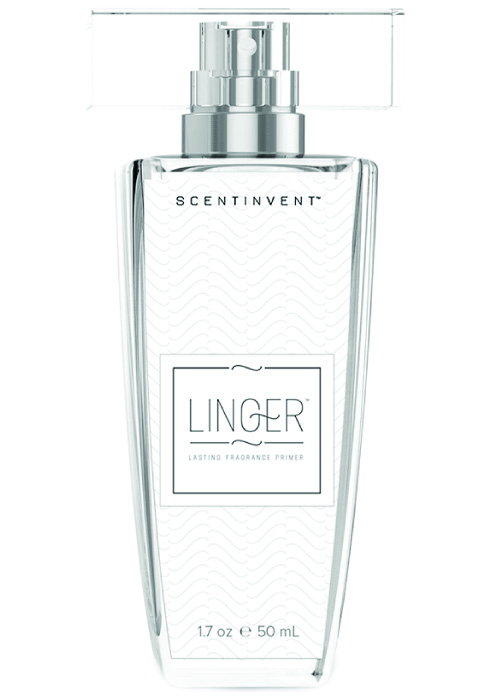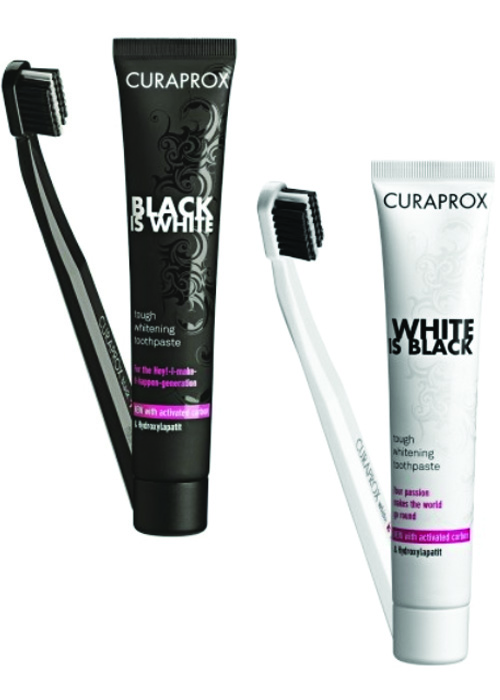Questions and Answers:
Our soon to be released Cosmetics & Toiletries USA and Beauty Retailing USA reports are full of insights and relevant data that takes an in-depth look at the dynamics of the ever-changing market and how products are sold.
The comprehensive analysis offered in our Cosmetics & Toiletries USA report encompasses six product classes and 25 product categories from trends and drivers, to assessment of the competitive playing field, to marketing activity and outlook through 2021. The report is complimented by another report, Beauty Retailing USA: Channel Analysis and Opportunities, which focuses on the dynamics of the retailing market and how they support each other to best reach out to new and existing beauty consumers.
Kline’s experts answer your questions:
What questions will these reports help answer about the beauty industry in 2016?
We are proud to bring our readers a robust report that answers a plethora of questions, some of which include:
- Does the impact of social media and its importance vary from category to category?
- Is there really anything new in the market, or is it a continuation of trends from the prior year?
- How about indie brands? Are there any left? What are some of the ones to keep an eye on?
- How important are specialty stores?
- Which brands have become the largest market-movers in the various categories?
Any category-specific beauty trends that you can point out?
In makeup, we are seeing contrasting trends, from the no-make, take-me-as-I-am movement pioneered by Alicia Keys to glittery and shimmery eyes and bold, statement lips, promoted by social media influencers.
Skin care, particularly facial skin care, witnesses products that are considered transformative as they help achieve results at home, such as firming masks and filler masks, that would otherwise be achieved at skin care professionals, are in the spotlight in 2016.
The male grooming trend plays a key role in some categories, with brands like Dollar Shave Club driving the shaving category with double-digit growth and Dove Men + Care becoming one of the dominant players in personal cleansing.
Even the quieter categories, like toothpastes, see some excitement through the introduction of Black is White Toothpaste, a toothpaste that is black in color and uses activated charcoal to remove stains without being abrasive to tooth enamel or using chemical bleaching agents.
Fragrance primer is another exciting innovative product in the fragrances category as it helps the fragrance last longer.
Any surprises that we can expect?
- Beauty is dynamic, and there is always something exciting to talk about. My favorite part is the “Eye on a Newcomer Section” in each of the categories – that’s where we put the spotlight on a newcomer that has an exciting proposition and is making a dent in the market.
 Scent Invent’s first fragrance patent pending primer known as Linger
Scent Invent’s first fragrance patent pending primer known as Linger

Let’s talk about beauty retailing:
How is the beauty industry changing? Is channel diversification still the name of the game?
The dynamics of the industry are totally changing. Department stores as a whole are suffering, as they continue to lose significant share of beauty dollars while specialty stores and e-commerce continue to boom. However, an important channel to watch out for is the person-to-person channel, which is morphing into social commerce, with a host of new brands with the lure of providing a flexible social selling business either full- or part-time. While Rodan+Fields and Nerium International have made solid contributions to the channel growth, newer entrants include Younique, which announced its partnership with Coty in early 2017. Unlike traditional person-to-person sales, this new breed of social commerce utilizes social media, with most sales made online.
How about boutique beauty retailing stores? We’ve been hearing a lot about them.
Boutique beauty retailers are analyzed in our Boutique Beauty Retailing report, where we take a close look at free-standing beauties, such as Lush, Rituals, and Bath & Body Works, who, instead of relying on a specific retailer, take their destinies into their own hands by creating an ambience and in-store experience to keep customers coming back.
As these companies record a solid 7% growth in 2016, we take a deep dive into what makes these retailers succeed through store count expansion, value proposition, and marketing and promotional activities.

